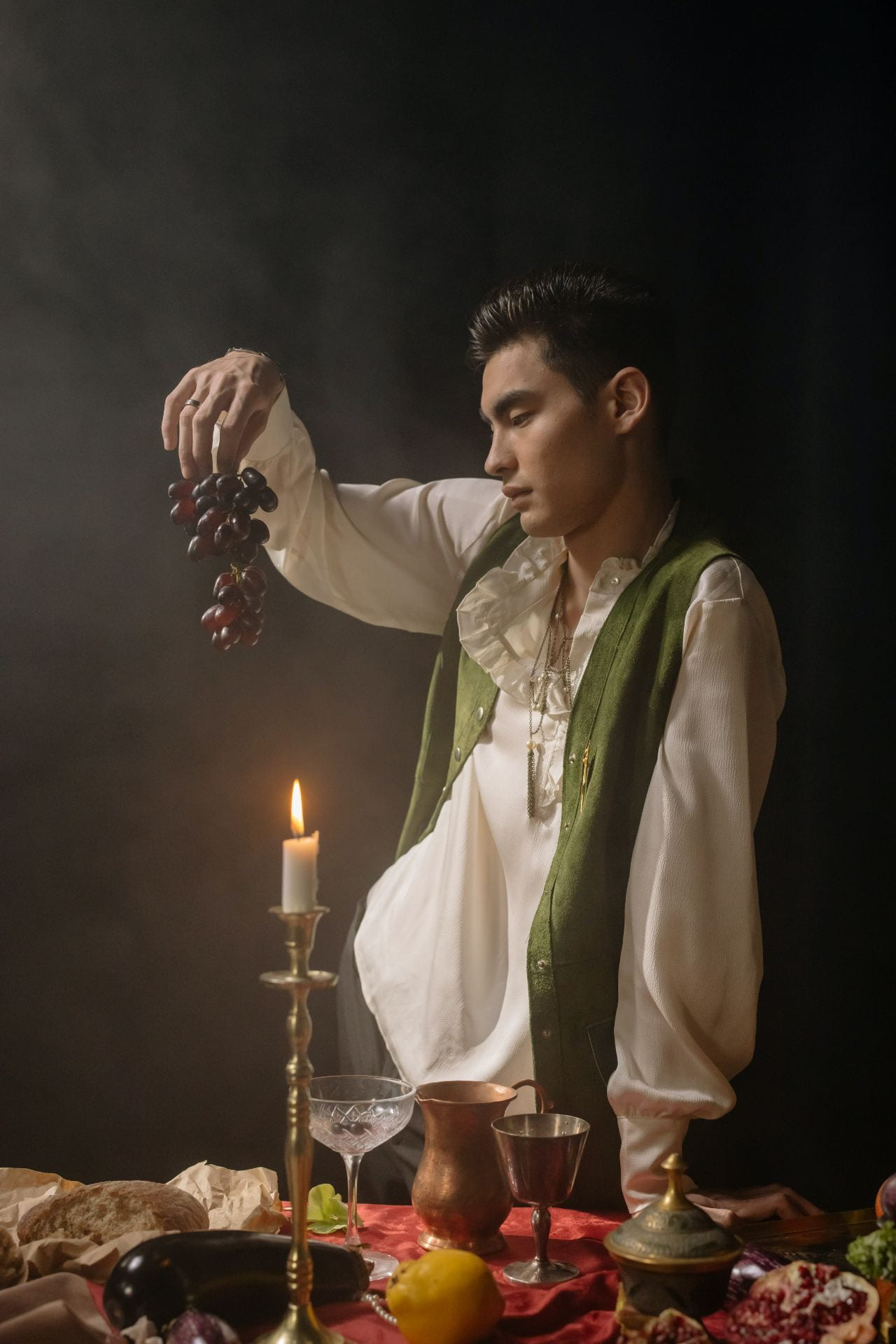Female Fairy Lovers Galore

I’m sure we’ve all heard at least one story of a female fairy lover before. A dashing knight heads out into the forest seeking adventure and happens upon a beautiful, ethereal, woman either coming out of lake, dancing in the woods, or waiting at a fork in the road. She’s more beautiful than any mortal woman the knight has ever seen before and, occasionally, scantily clad or partially nude. It doesn’t take long from there in the story for carnal desires to rise in both, and before he’s even aware of it the knight has a fairy lover. These types of stories are common throughout the Middle Ages, and while fairy women often need to be sought out in untamed landscapes, male fairy lovers follow a different formula.
Where are all the men?!
 Quite possibly due to misogynistic views and religious constraint of women’s sexuality, male fairy lover stories are rare and hold a different tone to men seeking out female fairy lovers.1 While male fairy lovers can appear in romance stories they are often relegated to nameless progenitors of the stories’ male protagonists.1 These nameless fairy men are never found out in the wild, like female fairies, and they are never sought out. There were no female knights or adventurers galivanting out in the woods in search of fairy men. Due to women’s roles of the time being within the household, these fairy lovers needed to make some house calls to get to their intended lovers. But even if the male fairy found his way to you, you might not even be able to see him. Here are some common male fairy lover characteristics and historical tidbits.
Quite possibly due to misogynistic views and religious constraint of women’s sexuality, male fairy lover stories are rare and hold a different tone to men seeking out female fairy lovers.1 While male fairy lovers can appear in romance stories they are often relegated to nameless progenitors of the stories’ male protagonists.1 These nameless fairy men are never found out in the wild, like female fairies, and they are never sought out. There were no female knights or adventurers galivanting out in the woods in search of fairy men. Due to women’s roles of the time being within the household, these fairy lovers needed to make some house calls to get to their intended lovers. But even if the male fairy found his way to you, you might not even be able to see him. Here are some common male fairy lover characteristics and historical tidbits.
Invisibility

One of the key characteristics of the male fairy lover is his ability to disappear and turn invisible. Sometimes he will become invisible to the woman he is seducing, and other times he is a handsome, richly dressed young man who appears only to his lover while remaining invisible to everyone else. He can appear in his lover’s room without detection and often times embraces them while still in this invisible state.1
Sleep Paralysis

During the Middle Ages another word for male fairy lover would have been incubus. There were reports of women who would wake from sleep and find themselves unable to move. These women would find that their power of speech was taken as well, and they would have the feeling of some enemy intruder being with them in the house. These instances were also related to the male fairy lover.1 In these cases the male fairy lover takes a darker tone where he has possessed his lover in order to sleep with her. However, it is more likely that these cases were instances of women suffering from sleep paralysis, rather than being visited by a male fairy lover.1
Convenient Coverup

As stated previously, the Middle ages was a time of religious and societal restraint to female sexuality. The Church was obsessive over women’s virginal status. However, popular belief at the time was that sex with an “incubus” –or male fairy—did not take away a woman’s viginity.1 Even if she had a long lurid affair with a male fairy her virginal status would remain intact. Even if she became pregnant by this fairy, it would remain the same. Claiming you were begotten by a fairy was also a convenient coverup for any pregnancy where the father could not safely be identitfied.1
By CiCi Becker
Sources
1Green, Richard Firth. “Incubi Fairies” in Elf Queens and Holy Friars : Fairy Beliefs and the Medieval Church. Philadelphia: University of Pennsylvania Press, 2016.
